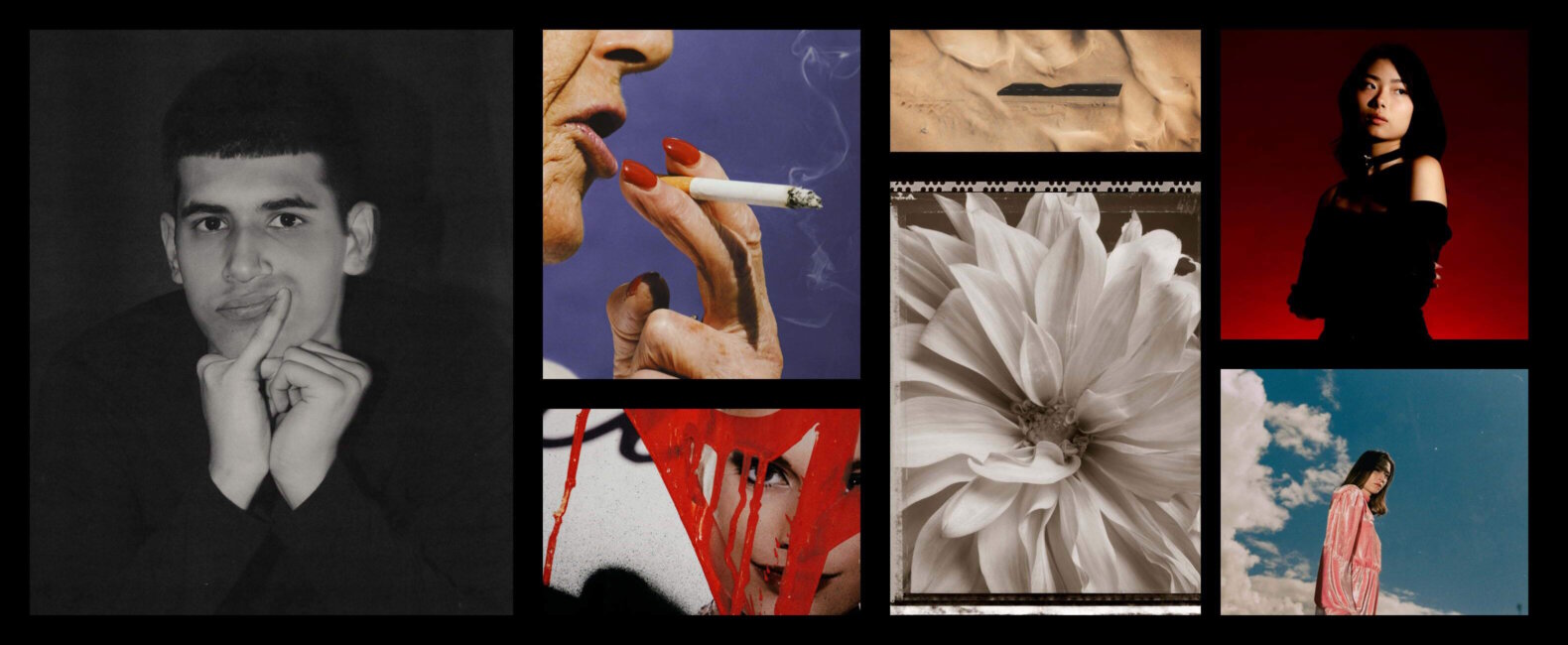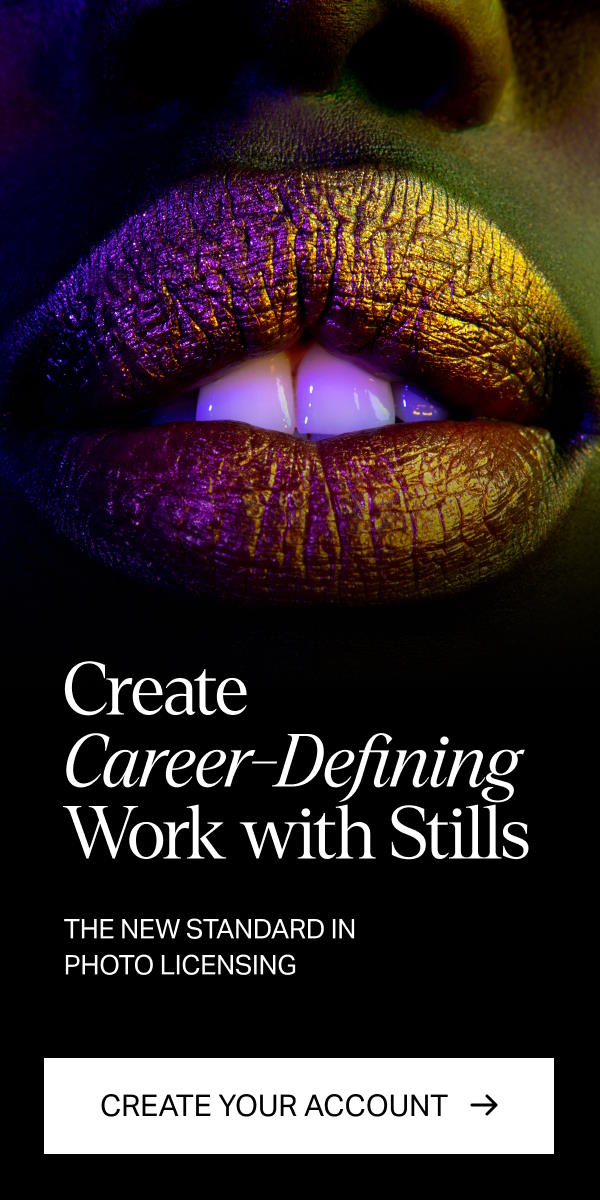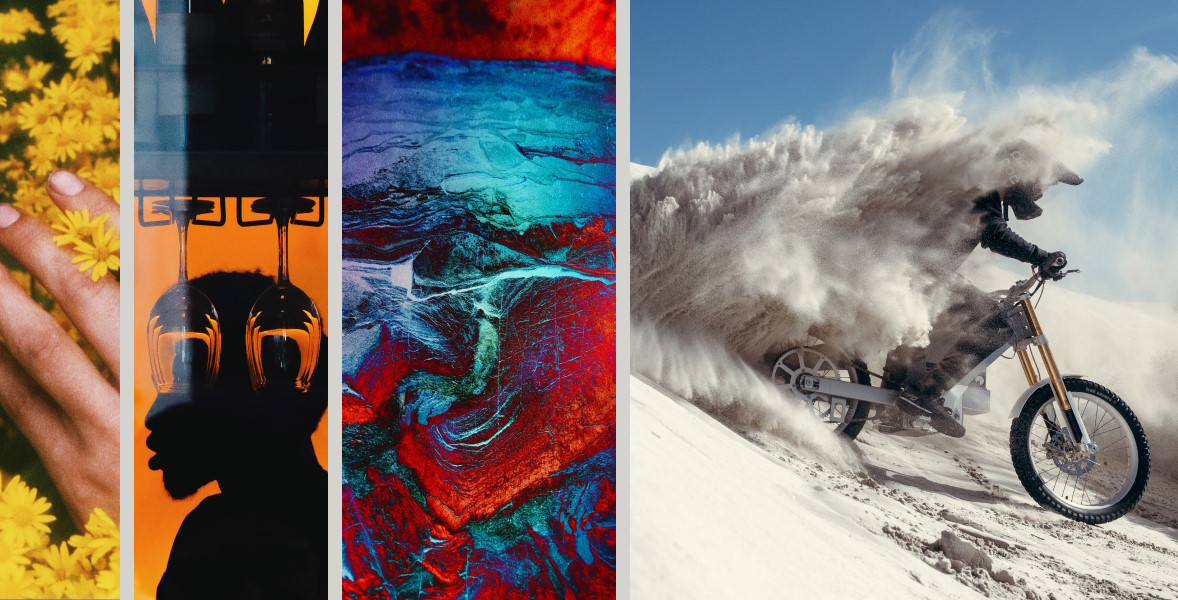Meet Kuvvat Ashyrov, a visionary graphic designer with a knack for creating distinctive brand identities, captivating logos, and innovative typography. In this insightful interview, Kuvvat shares his design philosophy, the evolution of his creative process, and the secret ingredients that make his work stand out. Dive into the mind of a designer who finds joy in blending art with strategy, pushing boundaries, and engaging with projects that challenge the norm. Whether it’s about overcoming hurdles, finding inspiration, or utilizing resources like Stills for impeccable visuals, Kuvvat’s journey is a testament to the power of passion, persistence, and the endless pursuit of excellence in design.
Question: What is your design process like? How has it changed as you’ve evolved in your career?
Kuvvat: My design process is nuanced and adapts to the nature of the project, whether it’s a client commission or a personal project. When working on client projects, particularly in the early stages of my career, my approach was exploratory and fueled by a passion for pushing creative boundaries. However, as I’ve evolved, my process has transformed. I’ve developed a more refined and streamlined approach that integrates a delicate balance of research, conceptualization, and execution.
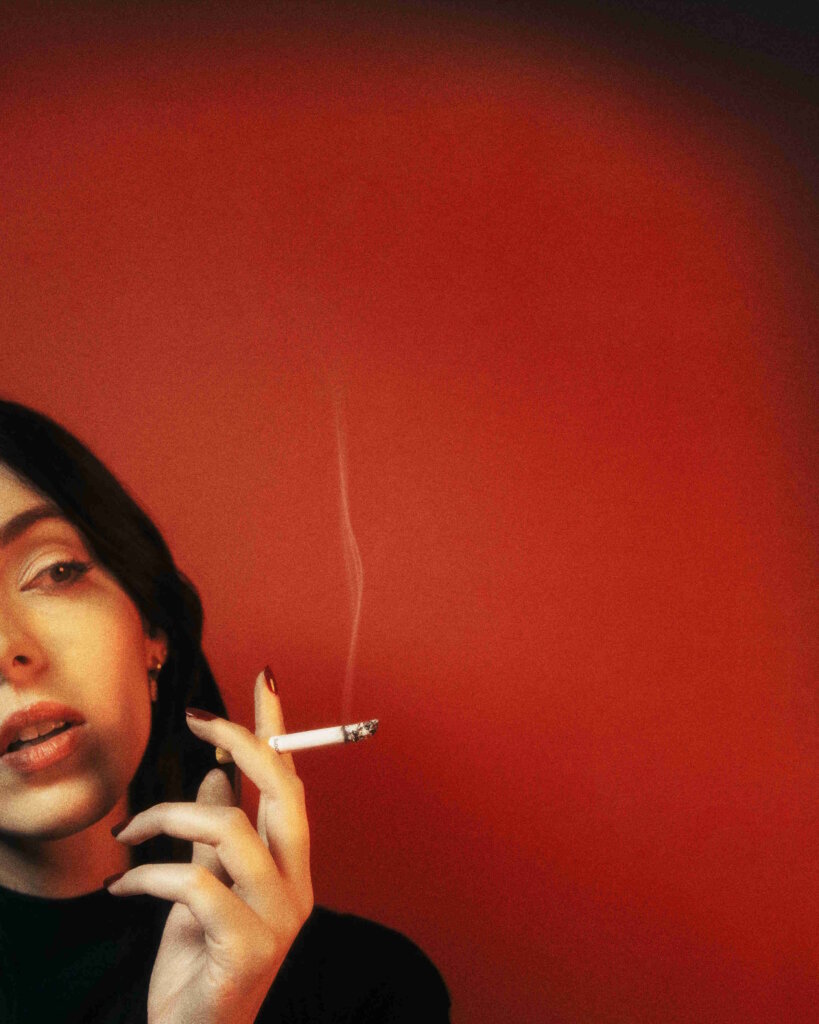
With client projects, I kick off by immersing myself in the project’s context and gaining a deep understanding of the client’s vision, target audience, and the core message they seek to convey. Research is a foundational step, allowing me to draw inspiration from diverse sources. The subsequent stages involve sketching and conceptualizing, where I explore a range of ideas before refining them digitally. Collaboration and open communication have become paramount, with valuable feedback from clients and peers driving the iterative refinement process.
On the flip side, with personal projects, the process takes on a more experimental and playful tone. Here, I relish the freedom to push my creative boundaries, constantly seeking new inspirations and enjoying the journey of exploration. It’s a dynamic duality that keeps my design approach fresh and vibrant, ensuring that both client projects and personal endeavors benefit from a blend of experience, skill, and creative freedom.
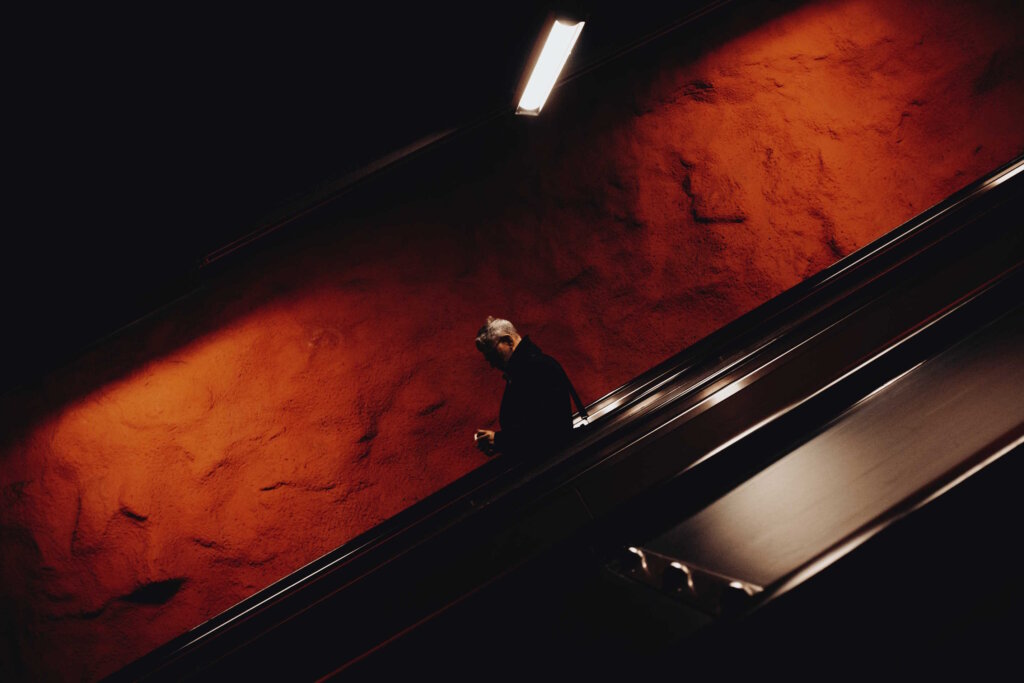
Q: Where do you look for inspiration?
K: In the dynamic realm of design, inspiration is a multifaceted jewel that I actively seek in various corners of the creative landscape. When embarking on client projects, my journey typically commences with a thorough exploration of the specific industry, current market trends, and the unique challenges inherent in the project. This initial research phase serves as a robust foundation, offering insights that shape and elevate my design concepts.
In terms of specific resources, I find Pinterest and Savee.it to be invaluable tools for curating a diverse array of visual inspiration. Resources like The Brand Identity and Brand New are my go-to sources for identity design projects, providing rich and informative insights into various projects. For my typography and poster works, I regularly visit typographicposters.com and mubi.com (Notebook Movie Poster of the Week section), both serving as wellsprings of creativity. The timeless influence of Swiss Style is omnipresent in almost all of my works, underscoring its enduring impact on my design aesthetic.
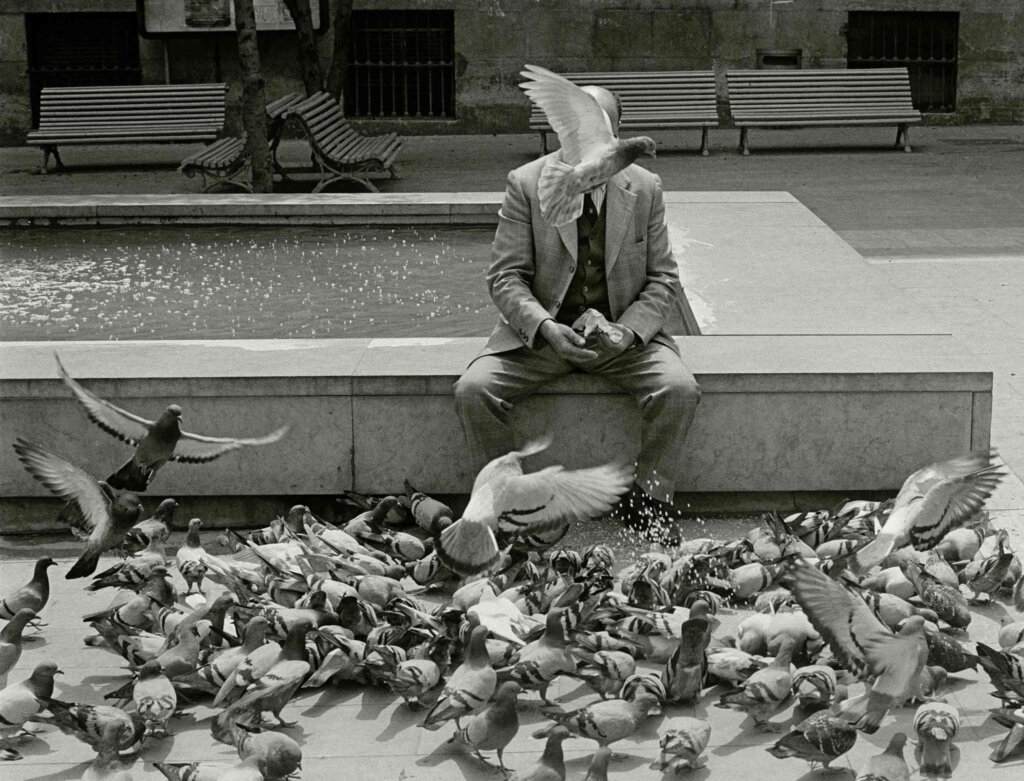
Q: How do you get your head back in the game when you’re feeling burnt out?
K: Design, like any creative pursuit, is invigorating yet demanding. When faced with the inevitable challenge of burnout, I’ve developed a toolkit of strategies to reignite my passion and recharge my creative energy. Firstly, I believe in the power of stepping away. Taking a temporary break from the project or design space allows me to gain fresh perspectives and clarity. Whether it’s a walk in nature, indulging in a favorite book, or simply disconnecting for a while, the distance often unveils new insights.
Engaging in activities outside the realm of design is a key strategy for me. Whether it’s immersing myself in a good book, watching a movie, or indulging in a favorite hobby, these moments of divergence provide a mental reset. Collaborative efforts, such as brainstorming sessions with fellow creatives or seeking feedback on ongoing projects, often inject a fresh perspective and reignite my passion for the craft.
Q: If you can share, what do you think is your ‘secret weapon’ when creating?
K: Typography is like the ABC of graphic design—it’s a really important skill. I always tell people who want to get better at design to start with typography. It’s not just about making things look good; it’s a powerful way to share ideas. Typography has taught me a lot and shaped how I understand design.
I got into learning typography by watching videos on The Futur’s YouTube channel, especially their ‘Typography’ playlist. Those videos taught me a ton and made my design skills much better. I got even more interested and read a book called ‘Type Matters!’ by Jim Williams. Learning typography can be tough, but it’s worth it. It feels like a big step in becoming good at design. It might be a bit hard, but the creativity you unlock makes it totally worth the effort.
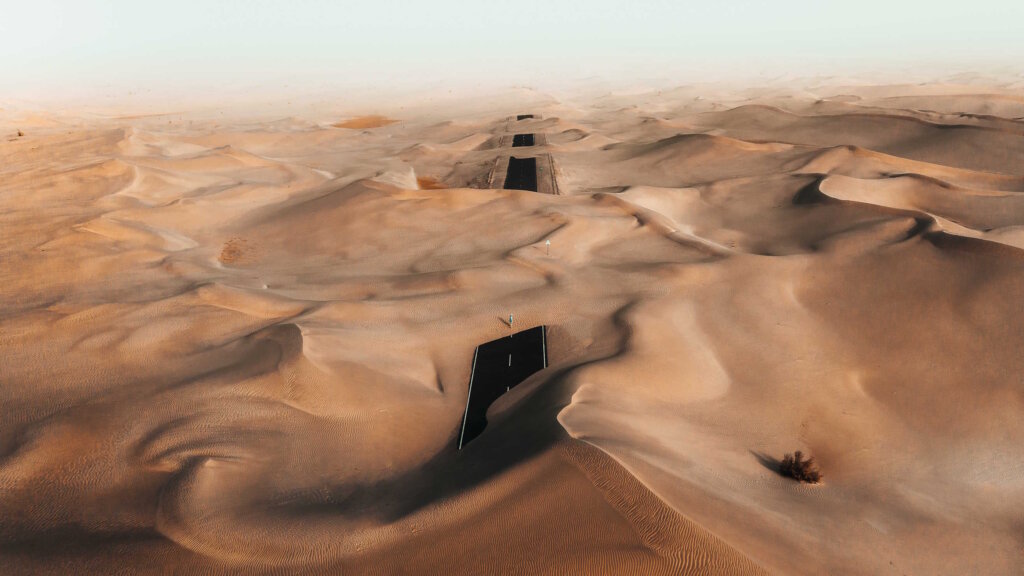
Q: Looking back, what are some hurdles you had to overcome personally that impacted you?
K: Looking back on my journey, I’ve faced various challenges, big and small, that have had a lasting impact. Early on, overcoming self-doubt was a significant hurdle, especially with imposter syndrome and the pressure to meet high standards. Another challenge I deal with is overthinking and perfectionism in my design work. While aiming for excellence is motivating, it can lead to overanalyzing every detail. Striking a balance between being meticulous and letting go is an ongoing struggle, but I’ve learned to appreciate that imperfections contribute to a design’s character. In the world of graphic design, getting clients has been a big challenge, requiring not just design skills but also effective networking and marketing. Initially, building a credible portfolio and gaining visibility in the competitive design field were tough tasks.
Q: What do you like about Stills? How is it a good resource for designers?
K: For me, Stills is like a dream come true for finding great photos. Now, I don’t have to spend hours searching for the perfect pictures for my projects. Stills is all about high-quality photos carefully chosen for designers. I love that I can use filters like color hex codes to find exactly what I need. It’s a game-changer! I’ve discovered so many photos that could be the main image for a movie poster, documentary poster, or even for magazine layouts. As a designer, having Stills is like having a treasure chest of amazing visuals, making my creative work better. It’s a reliable and fantastic resource, making it my go-to platform for finding exceptional images.
Tired of using bleak stock images?
Try Stills, a photo licensing platform for exceptional designers.
The New Standard in Photo Licensing
As we wrap up our enlightening conversation with Kuvvat Ashyrov, it’s clear that his journey is not just about creating visually stunning designs but also about inspiring change, fostering creativity, and making a meaningful impact. His dedication to refining his craft and his approach to overcoming challenges illuminate the path for anyone looking to make their mark in the design world. Thank you, Kuvvat, for sharing your story and inspiring us!
View Kuvvat’s favorite Stills photos in one of his boards: Landscapes That I Just Want To Look At It, You Are The Designer’s Favorite Color, You Want To Be The Main Photo On A Poster, But The Designer Is Overthinking, and You Are The Chosen One For A Movie Poster.
